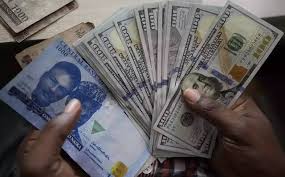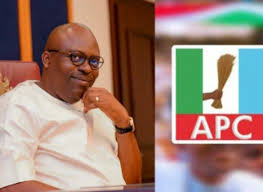Nigeria’s foreign-exchange market kicked off the week with the naira trading around ₦1,436 – ₦1,437 per dollar at the official Daily Nigerian Foreign Exchange Market (NFEM) window on Monday, November 10 2025, according to data compiled from the FMDQ Exchange and Central Bank of Nigeria (CBN) reports
At the parallel market, however, dealers across Lagos, Abuja, and Port Harcourt quoted the greenback between ₦1,450 and ₦1,470, depending on location and transaction volume
Market Buying Selling Notes
Official (NFEM) ₦1,436 – ₦1,437 ₦1,437 – ₦1,438 Volume-weighted average
Parallel/BDC ₦1,450 – ₦1,458 ₦1,460 – ₦1,470 Street rates vary by city
🏦 What’s Driving Today’s FX Market
The official rate stayed firm in the mid-₦1,430s range, supported by steady dollar inflows from export proceeds and diaspora remittances, which have kept liquidity stable in the official window. But in cash-driven Bureau de Change (BDC) markets, strong demand for physical dollars nudged rates slightly higher, widening the usual gap between the official and street markets.
Economic analysts told The Guardian that this spread is driven by both structural and seasonal pressures — from restricted retail access to dollars to uneven cash circulation among BDCs. Recent CBN measures and improved non-oil earnings have helped temper volatility, but cash-based demand keeps the parallel premium alive.
📊 Why the Gap Still Matters
Experts note that despite reforms, the difference between the official and street rates continues to affect everyday Nigerians:
Importers still price goods based on higher street rates.
Remittance recipients often prefer parallel-market conversions for better value.
Businesses and traders track NFEM for contracts but use BDC quotes for instant transactions.
Over the past week, the naira traded mostly between ₦1,430 and ₦1,460, with occasional spikes when local demand for cash dollars surged. Analysts say the CBN’s liquidity-boosting policies — including tweaks to interest-rate management earlier this quarter — have reduced volatility compared with mid-2025 levels.
Still, a lasting convergence between both markets will depend on consistent dollar supply and investor confidence in Nigeria’s FX framework.









